The Endangered species are organisms which are on the verge of extinction. There are about 3079 animals and 2655 plants worldwide, which are on the endangered list. This count is on the higher side when comparing with the level of 1102 and 1197 respectively in the year 1998. A lot of species have already become extinct, and many are on the verge. The government is making in laws to save the animals from extinction by restricting land development, forbidding hunting. The conservation steps taken by the government is not up to the mark and some of the species may become extinct if it continues in this way. Many statistics are considered when we access the conservation statistic of a species; such as the total number remaining, the increase or decrease of the population over a period of time, the breeding rates etc. Over 40% of the species are endangered species. Over 199 countries have signed to create a biodiversity action plan to save endangered species and threatened species.
The International Union for Conservation of Nature Red List also known as IUCN Red List manages a specific category of endangered species and that may include the species which are critically endangered. The IUCN uses the word endangered as a specific category of imperilment, rather than a common word. Under IUCN the endangered species is divided into critically endangered and vulnerable. The other word used by IUCN for endangered species by IUCN is ‘Threatened Species’. Here are some of the animals which come under IUCN’s category.

Extinct : Aurochs, dusky seaside sparrow, western black rhinoceros, toolache wallaby, bali tiger, thylacine, Carolina parakeet, Caribbean monk seal, Steller’s sea cow, Caspian tiger, Schomburgk’s deer, Dusky seaside sparrow, Passenger Pigeon, Eastern Cougar, Javan Tiger, Golden toad, Labrador Duck, Great auk, Japanese Sea Lion, Blackfin cisco.
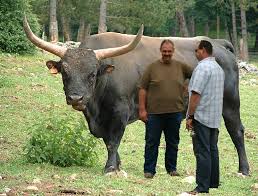
Aurochs.
Critically Endangered: The animals which fall under this category faces high risk of extinction. They are, addax, Northern White Rhinoceros, African wild Ass, Yangtze river dolphin, Alabama cavefish, vaquita, Amur leopard, Sumatran rhinoceros, Arakan Forest turtle, Sumantran orangutan, Asiatic cheetah, Southern bluefin tuna, Axolotl, Spix’s macaw, Bactrian camel, Siamese crocodile, Brazilian merganser, saiga, brown spider monkey, red wolf, California condor, Philippine eagle, Chinese alligator, Northern hairy-nosed wombat, Chinese giant salamander, Mountain gorilla, gharial, Mediterranean monk seal, Hawaiian monk seal, Kakapo, Javan rhino, lberian Lynx.
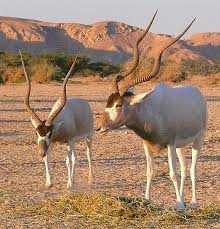
Addax
Endangered: The animals which fall under this category will face high risk in the future, they are, African penguin, fishing cat, African wild dog, wild water buffalo, volcano rabbit, Asian elephant, Bonobo, blue whale, Vietnamese pheasant, Bornean orangutan, Tiger, Takhi, common chimpanzee, snow leopard, Rothschild’s giraffe, dhole, red-breasted goose, eastern lowland gorilla, pygmy hippopotamus, proboscis monkey, Ethiopian wolf, giant otter, hispid hare, Persian leopard, markhor, giant panda, Goliath frog, Malayan tapir, Lear’s macaw, green sea turtle, Japanese crane, Hyacinth macaw, Grevy’s zebra.
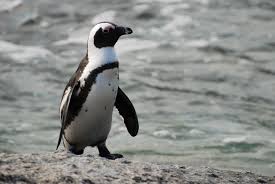
African penguin
Vulnerable: Te animals which fall under this category will face extinction in the middle term, they are, African gray parrot, yak, African bush elephant, common crap, American paddlefish, clouded leopard, takin, red panda, sloth bear, dugong, fossa, far eastern curlew, Galapagos tortoise, blue-eyed cockatoo, gaur, golden hamster, hippo, whale shark, Indian rhinoceros, Humboldt penguin.
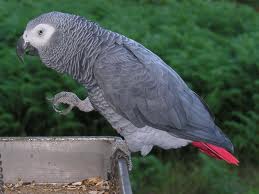
African gray parrot
Near threatened: The animals under this category may be considered as threatened, they are, American bison, blue-billed duck, Asian golden cat, emperor penguin, emperor goose, Jaguar, Eurasian curlew, Magellanic penguin, Larch Mountain salamander, narwhal, maned wolf, white rhinoceros, solitary eagle, tiger shark, striped hyena, white eared pheasant.
American bison
Least concern: The animals under this category is less threatened or no immediate threat, they are, American alligator, Indian peafowl, American crow, bald eagle, olive baboon, brown rat, brown bear, Canada goose, brown-throated sloth, cane toad, cougar, common wood pigeon, common frog, grey wolf, giraffe, wolverine, human, house mouse, palm cockatoo, meerkat, mallard, platypus, mute swan, red-tailed hawk, red-billed quelae, scarlet macaw, rock pigeon, milk shark, southern elephant seal, red howler monkey.
American Aligator
The Endangered species Act (ESA) in the United States lists the species as Endangered or Threatened. The Salt Creek tiger beetle is one of the examples of threatened subspecies protected under ESA. There are lots of controversies in establishing endangered species laws in many areas because restriction in land development cannot be stopped in today’s Earth and if the government conquers the land, then the private owners should be compensated for the loss of their land. Also lobby from the hunters and Industries is an obstacle in enforcing the law. When a species is listed as endangered species, then there is a disadvantage of the poachers and collectors being attracted towards it. Another problem is that the some land owners will get diminution value for their land if an endangered species is found in it, but the landowners tend to kill the animals from their land to remove away the problem caused by them, which will further reduce the population of the species. The Endangered Species Act has helped 19 species to recover from the list of endangered species and 93% of the Northeastern United States has a stable population growth.
The NatureServe is another committee which takes care of the conservation of the plant, animal and fungal species, as well as ecological communities and system. They rank the species with a code number, and this code helps them to know which species has to be protected with great care and which species can be taken care with less risk. The conservation status ranks are based on one to five scales. The code numbers have the following meaning
1 = critically imperiled
2 = imperiled
3 = vulnerable
4 = apparently secure
5 = secure
For example G1 would indicate that the species is threatened globally, and so the species can be protected from extinction. While the rank of S3 would indicate that the species is vulnerable with less risk of extinction. The species and ecosystem is designated with a ‘X’ or a ‘H’, where X states that there is no hope the species will survive while X states that the species can exist, but the existence of the species is not confirmed.
The reasons for endangering of species are,
- Over Hunting.
- Habitat Destruction.
- Introduction of Exotic Species.
- Over Exploitation.
- Pollution.
- Disease.
- Natural Causes
The reasons are Human and his selfishness, he wants to make his life secure and have a happy life, while this Earth is also Home for many animals and plants. We are dependent on them but when it comes to exploiting the places man would do anything for that. We are slowly moving the animals from reality into the text books, just as pictures. We have seen Tigers but in the case of the future generation, Tigers can be seen only in Books. Unless we stop hunting and poaching of animals, they will get extinct very soon. There are lot of laws to save endangered species, and normal people can’t work in the laws but they can surely work in promoting the laws.


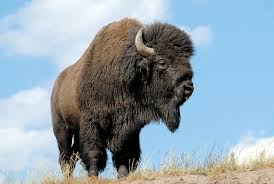
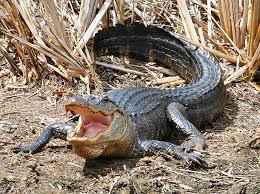
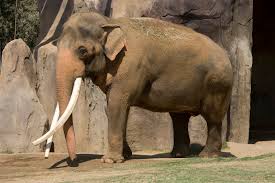
Leave a Reply